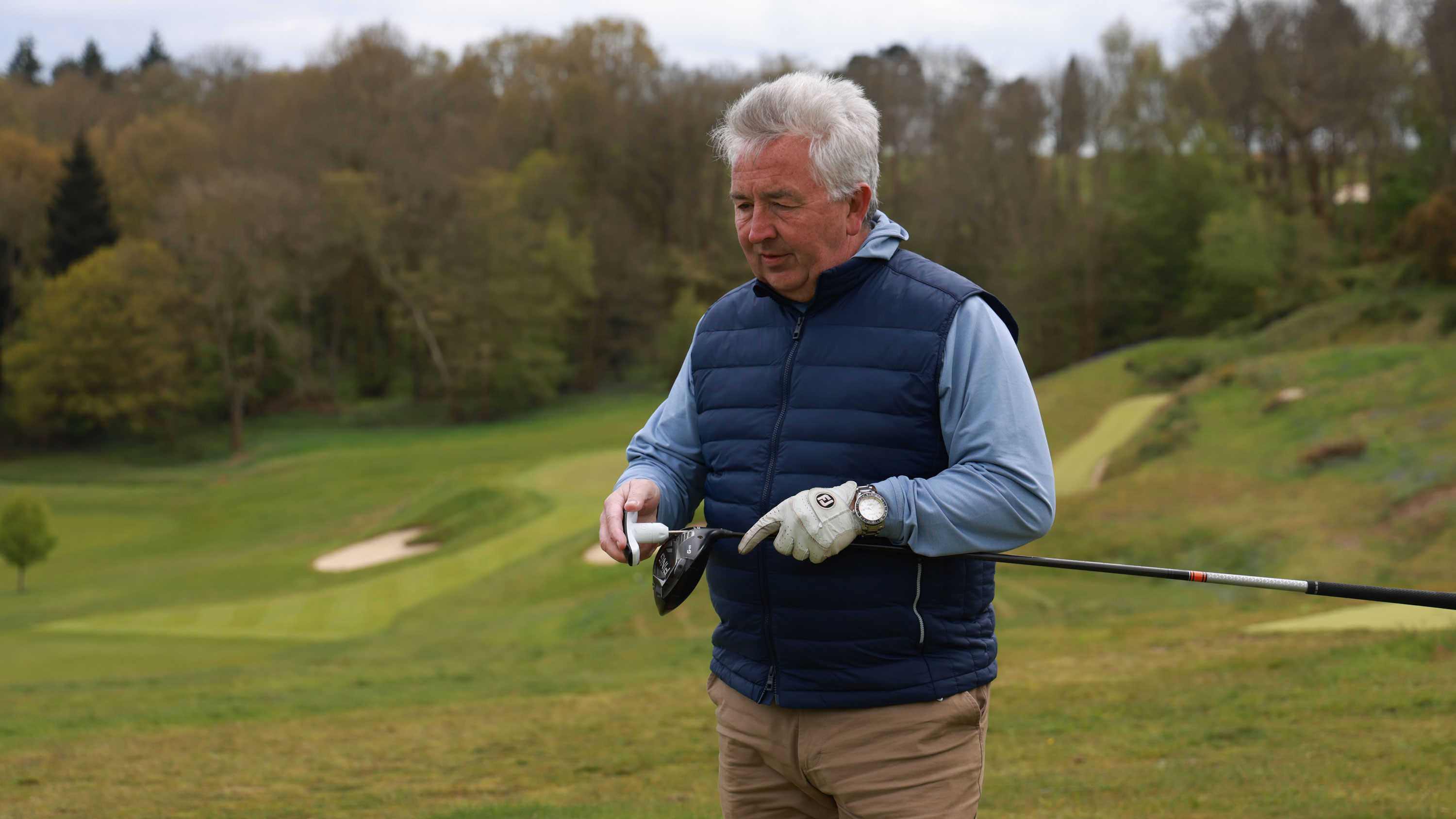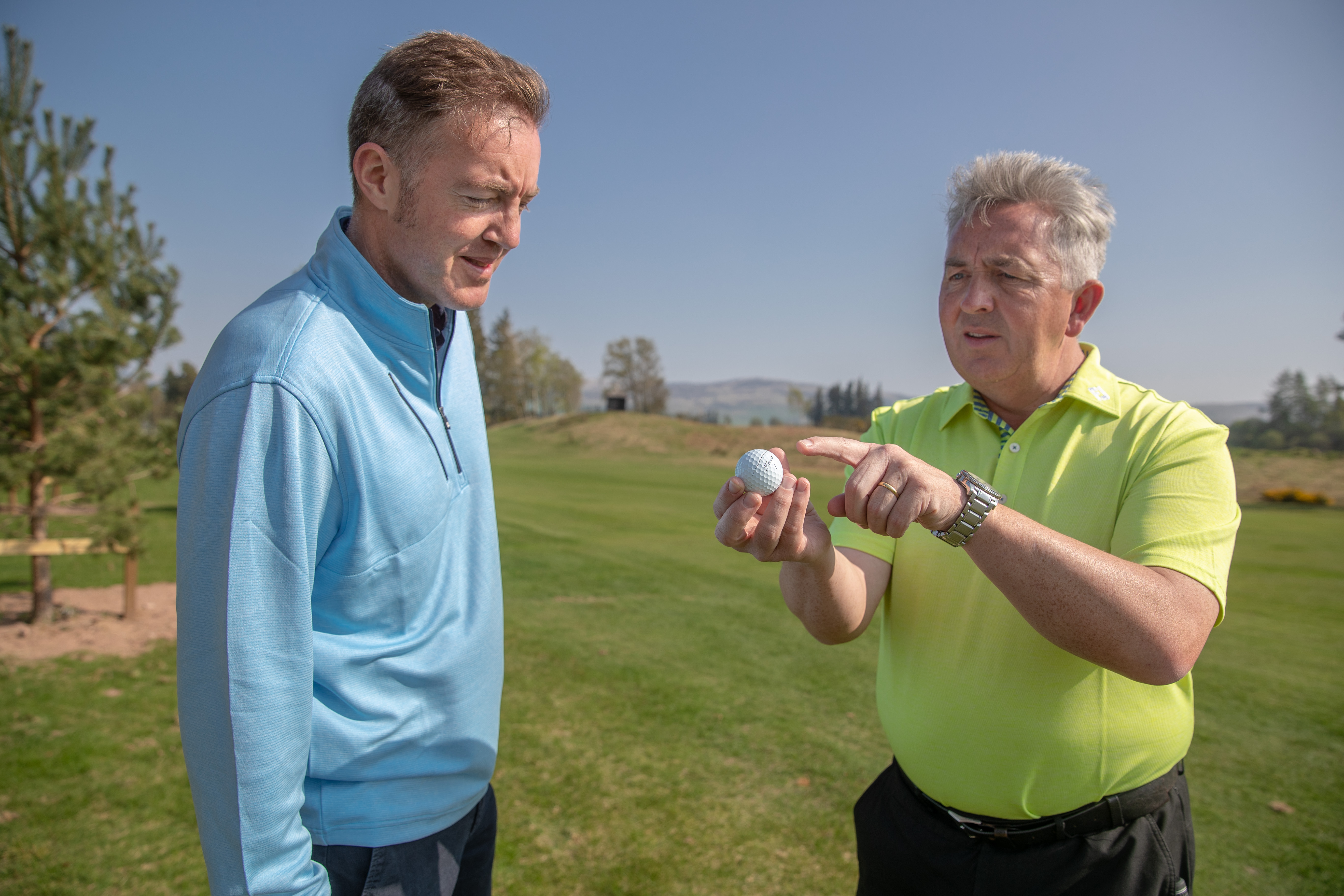I'd Change These 3 Equipment-Specific Golf Rules If I Were In Charge...
Here, I've look at three equipment-specific rules that I feel are a little harsh or limiting. Could they be changed? Should they be changed?


The Rules on golf equipment are lengthy and complex. Teams at The R&A and USGA work tirelessly to set limits on what golf clubs, golf balls and equipment should be allowed to do.
The objective is to maintain the requirement for skill and judgement within the game – equipment shouldn’t do it for you.
Facilities in both the UK and US study conformance and test thousands of items of equipment ever year. The teams that work on this analysis do a tremendous job.
But there’s always room for improvement and we’ve identified three equipment Rules that we would change.
The Penalty For Rule 4.1(a)
Fundamentally Rule 4.1(a) looks at clubs allowed in making a stroke. It deals with conforming clubs – You can’t play with clubs that don’t conform according to the R&A and USGA regulations… that’s fair enough.
It also deals with what you can do when you damage a club during a round – you can keep playing with it for that round or, as long as you haven’t damaged it on purpose or in anger, you can replace it with a similar club.
And then 4.1a covers deliberately changing the playing characteristics during the round, (basically, you can’t do it.)
Subscribe to the Golf Monthly newsletter to stay up to date with all the latest tour news, equipment news, reviews, head-to-heads and buyer’s guides from our team of experienced experts.
The rule is fair enough, but the punishment is harsh. Break Rule 4.1a and it’s an automatic disqualification.
You’re not allowed to alter the setting on your driver during the round, so you can’t change it from neutral to draw bias for instance. I also think that’s a bit harsh, but okay, you don’t want people fiddling on every tee.
But surely you could be given a general penalty (two shots in stroke play, loss of hole in match play) for the first infringement?
If your playing partner or opponent saw you make the mistake of changing settings on a club, but was unable to stop you before you hit, wouldn’t it make sense that they could inform you of the breach before you did it again, without the need for disqualification?
If you breach Rule 5.2 and make a practice stroke on the course before a round, the first infringement is the general penalty. You are given a yellow card basically. Someone can stop you before you do it again. If you do it again, then it’s disqualification.
Shouldn’t Rule 4.1(a) give you the same, one strike and then out option?
Limit of 14 Clubs

Couldn't you take more?
Rule 4.1b covers the limit of 14 clubs in golf. We think players should be allowed to carry more clubs if they want to. Most wouldn’t feel the requirement to.
But it would give some more options though, more fun when deciding what club to hit, what type of shot to hit. You wouldn’t be able to take a huge number more than 14, because they wouldn’t fit in your golf bag.
Perhaps the Rule should be, you are not permitted to use more golf clubs than would fit in a standard sized golf bag. Or just increase the maximum number to 20.
Substituting a ball damaged on a previous hole

Rule 4.2b(2) says a ball may be substituted while playing a hole if it can be clearly seen it is cut and cracked and this damage happened during the hole being played.
But what if the damage happened on the previous hole? Imagine the scenario – you’ve played a second shot that leaks right towards out of bounds. But it bounces back violently off a stone wall and ends up, miraculously, inches from the hole.
You tap it in and then go to the next feeling fortunate. But you don’t feel so fortunate when you strike it from the following tee and it flies strangely. It’s clearly been badly cut by hitting the wall, but you didn’t notice until hitting your drive.
Not only can you not replace it, but you also can’t even lift it to inspect the damage.
That seems too harsh. If your ball has been damaged during play, we think you should be able to replace it, whether the damage occurred on that hole or not.
In the situation described above, you would have to play out the hole with the wonky ball and change before the next one. That seems unfair.

Fergus is Golf Monthly's resident expert on the history of the game and has written extensively on that subject. He has also worked with Golf Monthly to produce a podcast series. Called 18 Majors: The Golf History Show it offers new and in-depth perspectives on some of the most important moments in golf's long history. You can find all the details about it here.
He is a golf obsessive and 1-handicapper. Growing up in the North East of Scotland, golf runs through his veins and his passion for the sport was bolstered during his time at St Andrews university studying history. He went on to earn a post graduate diploma from the London School of Journalism. Fergus has worked for Golf Monthly since 2004 and has written two books on the game; "Great Golf Debates" together with Jezz Ellwood of Golf Monthly and the history section of "The Ultimate Golf Book" together with Neil Tappin , also of Golf Monthly.
Fergus once shanked a ball from just over Granny Clark's Wynd on the 18th of the Old Course that struck the St Andrews Golf Club and rebounded into the Valley of Sin, from where he saved par. Who says there's no golfing god?
You must confirm your public display name before commenting
Please logout and then login again, you will then be prompted to enter your display name.